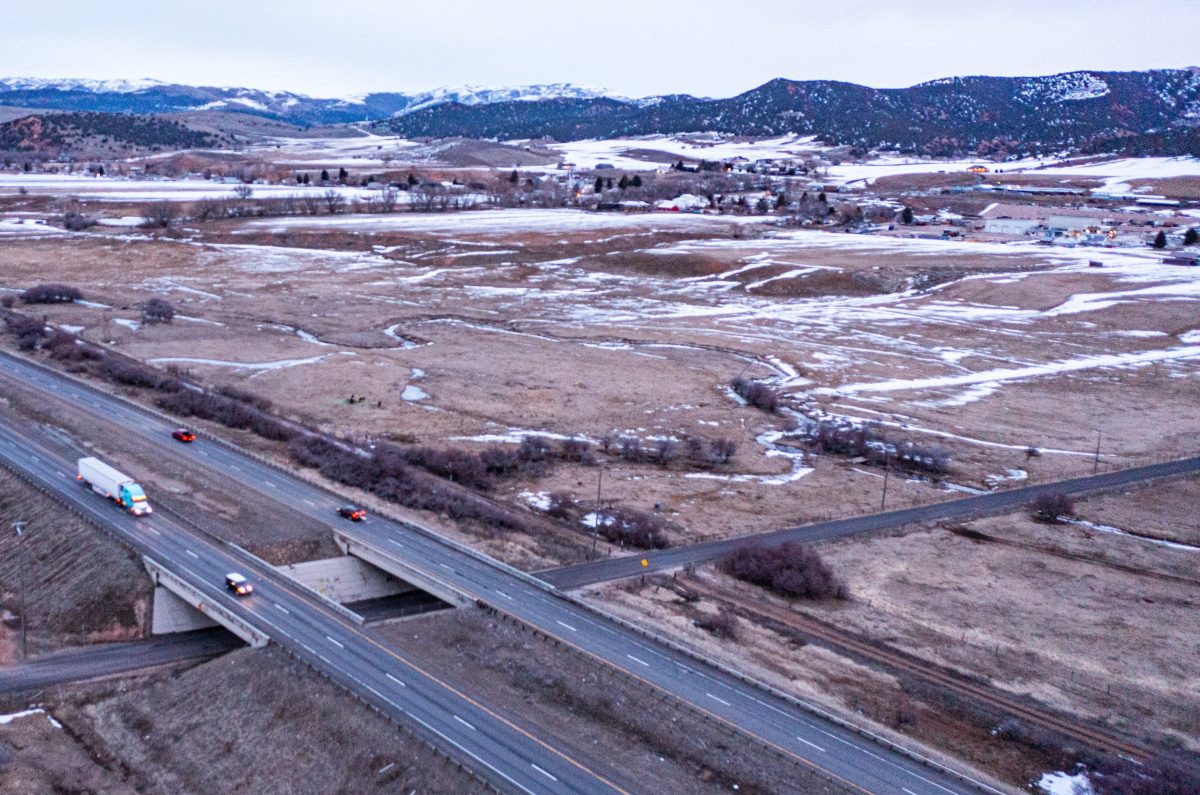How do eastern Summit County residents define a village, and would a development with 1,800 homes and thousands of people driving cars fit into that vision?
That’s what the Eastern Summit County Planning Commission is considering, in part, about whether to rezone land near Hoytsville to eventually allow for a new town to be built. Cedar Crest Village is the result of a five-year effort led by 30 property owners in the area who commissioned a group of developers to help them create a master-planned community.
Now representatives from Larry H. Miller Real Estate and Ivory Homes feel they’re ready to move forward in the process.
They told the Planning Commission on Thursday they want a recommendation — positive or negative — forwarded to the Summit County Council at the next meeting so they can try to meet their goal of having a final decision by the end of the year.
The County Council vote would be on the proposed village overlay zone and draft zoning districts. The village overlay zone process was approved by the County Council in 2018 as a way to incentivize community master planning and help revitalize existing non-incorporated communities. It’s seen as a “bottoms up” process to plan for smart, responsible growth.
The Cedar Crest Village project was the first application to be submitted, and dozens of meetings have taken place since then. However, there’s still lingering doubt about whether the development is appropriate for eastern Summit County now, and in several decades.
County planners say growth is coming and it’s better to be prepared, and the developers assert their plan can do that. Yet community members have long raised concerns about the scope of the project and the impact it would have on the rural, small-town character.
Under the Cedar Crest Village proposal, there could be between 2,000 and 3,500 housing units on 1,000 acres with the possibility of up to 10,000 people living there and 12,000 daily vehicle trips at full project buildout. Living options would range between apartments or single-family homes, most of which would cost more than $500,000.
“Eighteen hundred homes does not feel like a village to me,” said Planning Commissioner David Darcey. “Is something that’s three times the size of Coalville, is that a village? Or is that just a little city that’s approaching something like Heber?”
About a dozen community members who spoke at a well-attended public hearing this week voiced the same concerns. Their comments were centered around the need for balanced growth in a rural community with a focus on developing the proper infrastructure to support it.
Resident Dick Stoner questioned the carrying capacity of the land. He noted Hoytsville is still waiting for a bike path to be built in town, but the developers are suggesting widening roads.
Others echoed his comments, debating whether small businesses could handle the increase. Many feel the existing zoning, which would allow for an additional 200 or so homes, is perfect.
However, some people have previously said it would lead to high-cost, large-lot developments. Planning commissioners have also debated which would be worse for the community: sprawl or contained density.
County Council candidate Tory Welch, an East Side resident, recognized growth is going to happen, but he was was apprehensive about adding an estimated 5,000 people. Welch advocated for a slow, phased approach to ensure the new town could accommodate an influx of people.
Mountainlands Community Housing Trust housing advocate Megan McKenna, who is also running for a County Council seat, critiqued the affordability component of the Cedar Crest plan. She addressed the need for affordable housing in eastern Summit County, where residents’ income isn’t as much as their neighbors in Park City or the Snyderville Basin.
“When we’re looking at 5% of units, which is 100 units in the 1,800 unit plan … that middle affordable range is really not affordable to the people of Hoytsville or Coalville,” she said. “If we don’t want these to be second homes, then there are things we can do.”
McKenna suggested the developers require deed restrictions to ensure the homes would be owner-occupied regardless if the units are designated affordable or market-rate as well as do more to reach households earning between 30% and 60% of the area median income. That’s between $43,000 and $86,000 a year for a family of four.
“Hopefully, we can come up with something that’s a greater community benefit,” she said.
Lorraine Jett identified herself as a property owner in the proposed Cedar Crest Village and was the only person to speak in favor of the project.
She said many families chose to participate in the village overlay zone process with the hopes of creating a comprehensive, community-specific land plan with design strategies to address local needs. Jett wanted county officials to give those property owners due consideration when issuing a recommendation as only people who have opted into Cedar Crest Village would ultimately be included.
Planning commissioners admitted they were struggling with the application and requested more time. They highlighted the need for careful planning as well as a sustainable, community-beneficial development.
The developers were adamant their application meets the requirements of the village overlay ordinance. Representatives firmly requested a recommendation.
“I think that it’s irresponsible of this board to give this a positive recommendation,” said Planning Commissioner Bill Wilde.
The Planning Commission meets again in June. An agenda has not yet been released.

